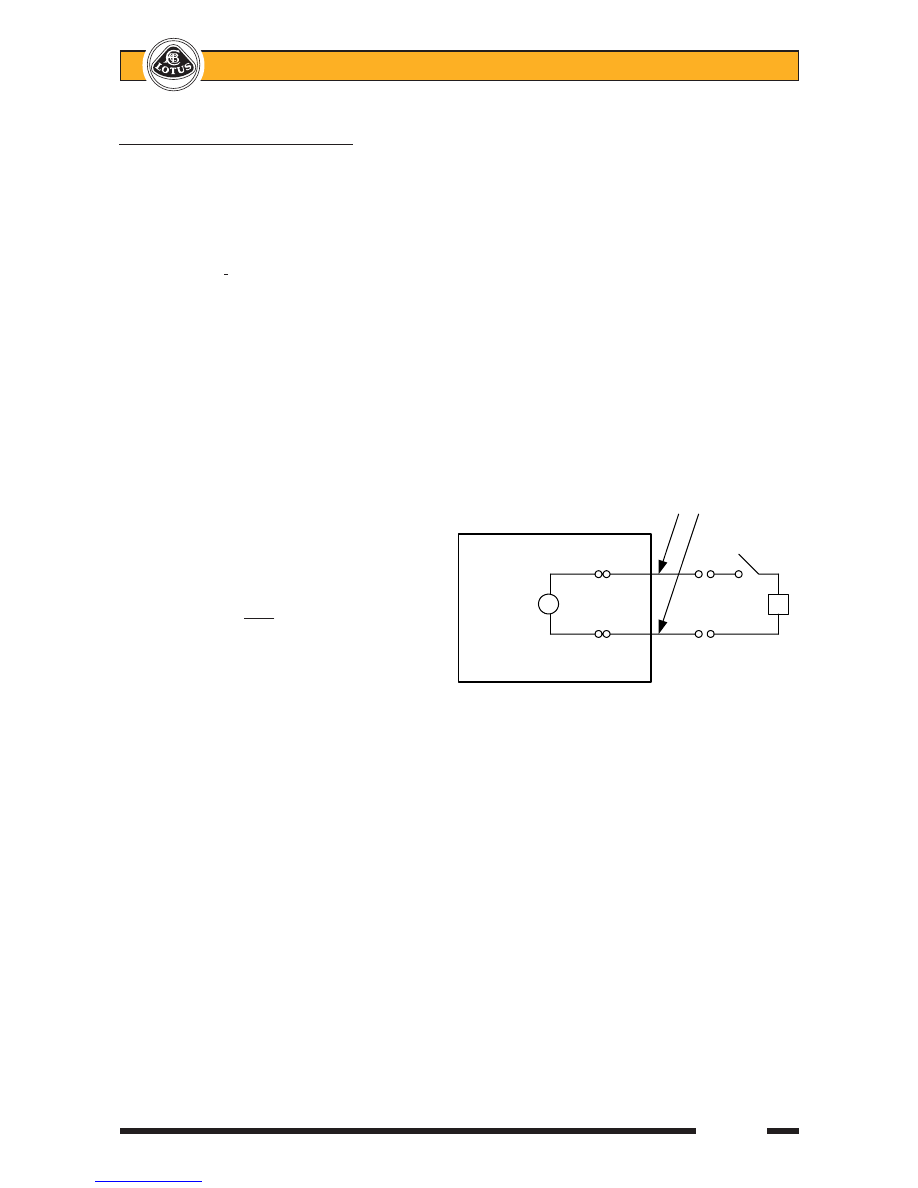Lotus Elise / Lotus Exige. Instruction - part 106

Lotus Service Notes Section WD
Page 19
Page 6a
Airbag Activation/Disposal Procedure
Items Required
2
People.
2 Pairs
Heat proof gloves.
2 Pairs
Eye protection glasses.
2 Pairs
Ear defenders.
Explosion container – a container to constrain the sudden inflation of the bag, may be mesh e.g. metal stillage,
but requires a lid.
Sandbags, - to keep lid closed.
12 volt power supply.
Various air bag & seat belt wiring connectors / small crocodile clips.
10 meters Detonation wire
Paint marker pen
Dustbin / recycling container.
Weather Conditions.
Calm, clear, dry day with very little wind.
Place power supply upwind of explosion.
Location.
Any isolated area.
Procedure.
·
Circuit diagram as shown.
·
Make sure the power supply is turned off
and is situated the length of the detona-
tion wires away from the airbag.
·
Only detonate ONE at a time.
·
Ensure the detonation wires are discon-
nected from the power supply.
·
Place 1 airbag into the explosion con-
tainer and connect the detonation wires.
Do not snag wires.
·
Secure lid with sandbags.
·
Put on your Eye & Ear protection.
·
Connect the detonation wires to the power supply, doesn’t matter on polarity.
·
Turn the power supply on.
·
AIRBAG WILL DETONATE AND INFLATE.
·
Turn power supply off and disconnect detonation wires from the power supply.
·
Put on your heatproof gloves.
·
Remove the airbag from the explosion container and disconnect the detonation wires.
·
Mark-up and place the detonated airbag into the recycling container.
·
Repeat this procedure as many times as required.
Switch
Battery
Airbag
Detonation Wires
Cage